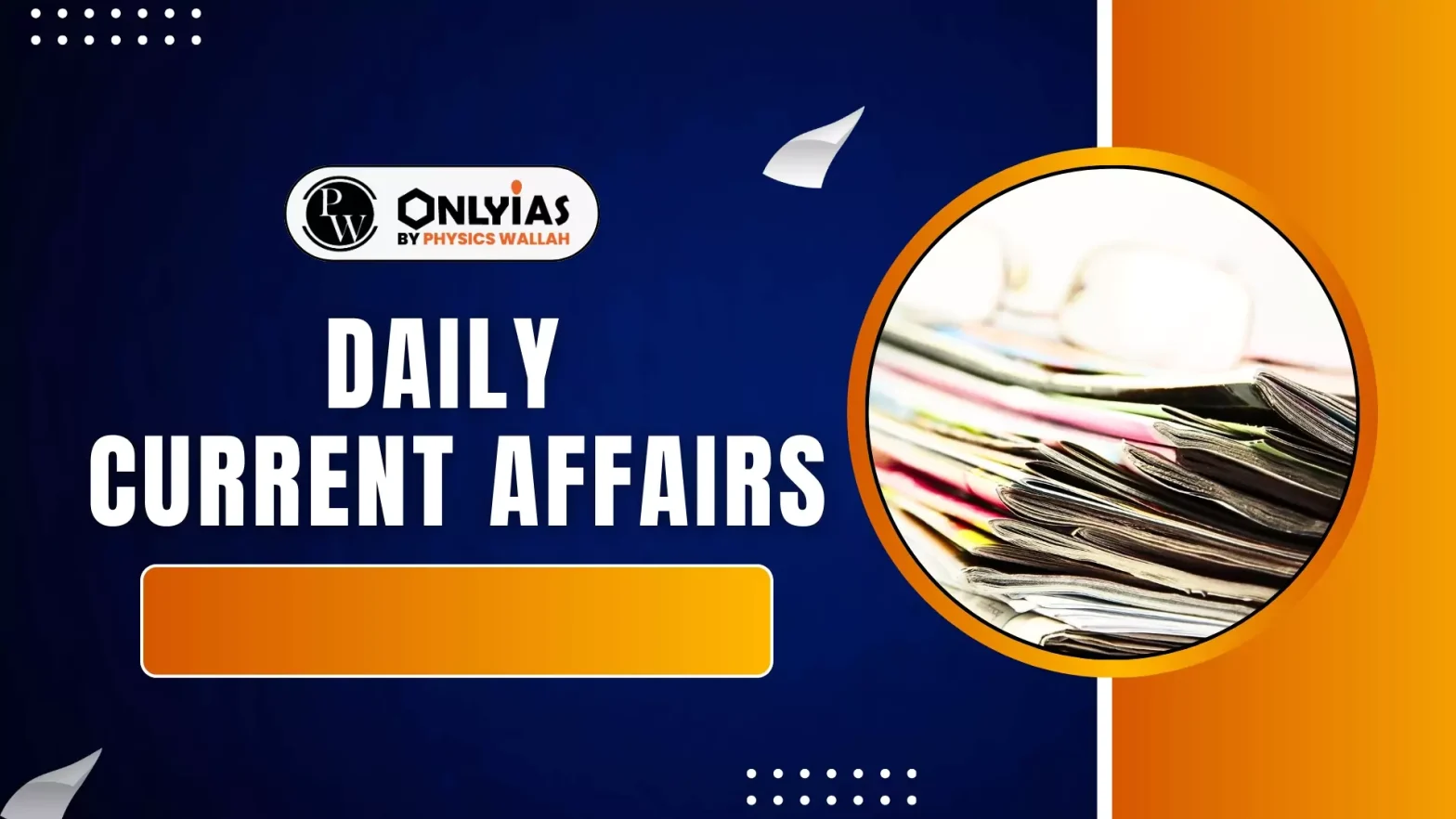To promote awareness about sugar consumption among children, CBSE has mandated the creation of ‘sugar boards’ in over 24,000 schools across India.
What is a Sugar Board?
![Sugar Boards]()
- Sugar boards are visual displays in schools that depict the amount of sugar in commonly consumed packaged foods and beverages like aerated drinks and juices.
- The boards display recommended sugar intake levels, health risks linked to high sugar intake (e.g., diabetes, obesity), and healthier dietary alternatives.
Need for Sugar Boards in India
- Alarming Rise in Type-2 Diabetes: The National Commission for Protection of Child Rights (NCPCR) has highlighted a sharp increase in Type-2 Diabetes among Indian children, a condition once largely seen in adults.
- High Sugar Consumption: Children aged 4–10 consume 13% of their daily calories from sugar, while those aged 11–18 consume up to 15% which is three times the WHO-recommended limit of 5%.
- Incidence Rates: Though nationwide data is lacking, India has an estimated incidence rate of 397 Type-2 Diabetes cases per lakh among children and adolescents, second only to China (734/lakh).
- Environment of Excess: Easy access to sugary beverages, snacks, and processed foods in and around school environments further amplifies unhealthy consumption patterns.
Regulatory Framework for Food Standards in India
- FSSAI Oversight: The Food Safety and Standards Authority of India (FSSAI) oversees food safety and labelling regulations, including claims related to sugar, fat, and salt content.
- Pending HFSS Definition: A scientific panel was convened in 2025 to define High Fat, Salt, and Sugar (HFSS) standards specific to school meals, but consensus has not yet been reached.
- Current Regulations:
- A food product can claim to be “low in sugar” only if it contains ≤5g sugar per 100g.
- No finalized Indian-specific cut-offs exist for HFSS content; India currently uses WHO recommendations.
- WHO suggests limiting daily sugar intake to 25g (six teaspoons) for both adults and children.
- Health-Star Rating: A front-of-pack labelling system is in development but not yet implemented.
Gaps in Regulations: India vs. EU and U.S.
- Lack of Indigenous Benchmarks: Unlike the EU and U.S., India lacks country-specific dietary cut-offs based on native population data such as BMI, lipid profiles, insulin resistance, etc.
- EU Framework:
- Mandatory front-of-pack nutrient declarations including sugars.
- Implementation of “traffic light” labelling for quick visual understanding of sugar, fat, and salt content.
- U.S. Framework:
- Nutrition Facts labels require disclosure of “Added Sugars” in grams and as a % of the daily recommended limit.
- The FDA restricts health claims and promotes nutrition education in schools through programs like “Smart Snacks in School.”
- India’s Challenges:
- No legally binding HFSS threshold values.
- Limited availability of population-level dietary data.
- Absence of comprehensive school nutrition policies for private and unaided schools.
Way Forward
- Finalising HFSS Standards: FSSAI must expedite its definition of HFSS for both packaged food and school meals, based on scientific and demographic evidence relevant to India.
- Indigenous Epidemiological Data: There is a pressing need for national dietary studies that consider BMI, insulin levels, biochemical markers, and regional dietary patterns to set India-specific sugar intake limits.
- Expanding the Sugar Board Initiative:
- State Boards should adopt CBSE’s sugar board model.
- Workshops involving pediatricians and nutritionists should become routine in schools.
- Sugar boards should evolve to include visual data on salt and trans-fat content.
- Parental and Community Engagement: NCPCR plans to involve parents during Parent-Teacher Meetings and conduct sensitisation drives on healthy eating habits.
- Comprehensive School Health Policy: India should introduce a national school nutrition policy addressing cafeteria offerings, marketing of HFSS foods, and nutrition literacy.
- Adopting Labelling Systems: A clear and India-specific front-of-pack labelling system (like EU’s traffic lights or U.S. sugar disclosures) should be introduced and enforced.
Conclusion
The introduction of sugar boards is a small but significant step towards combating the growing epidemic of lifestyle diseases in Indian children. For it to be impactful, India needs holistic regulatory frameworks, indigenous research-based dietary standards, and a collective push from schools, regulators, parents, and healthcare professionals.
Additional Reading: Health star Rating
![]() 27 May 2025
27 May 2025

